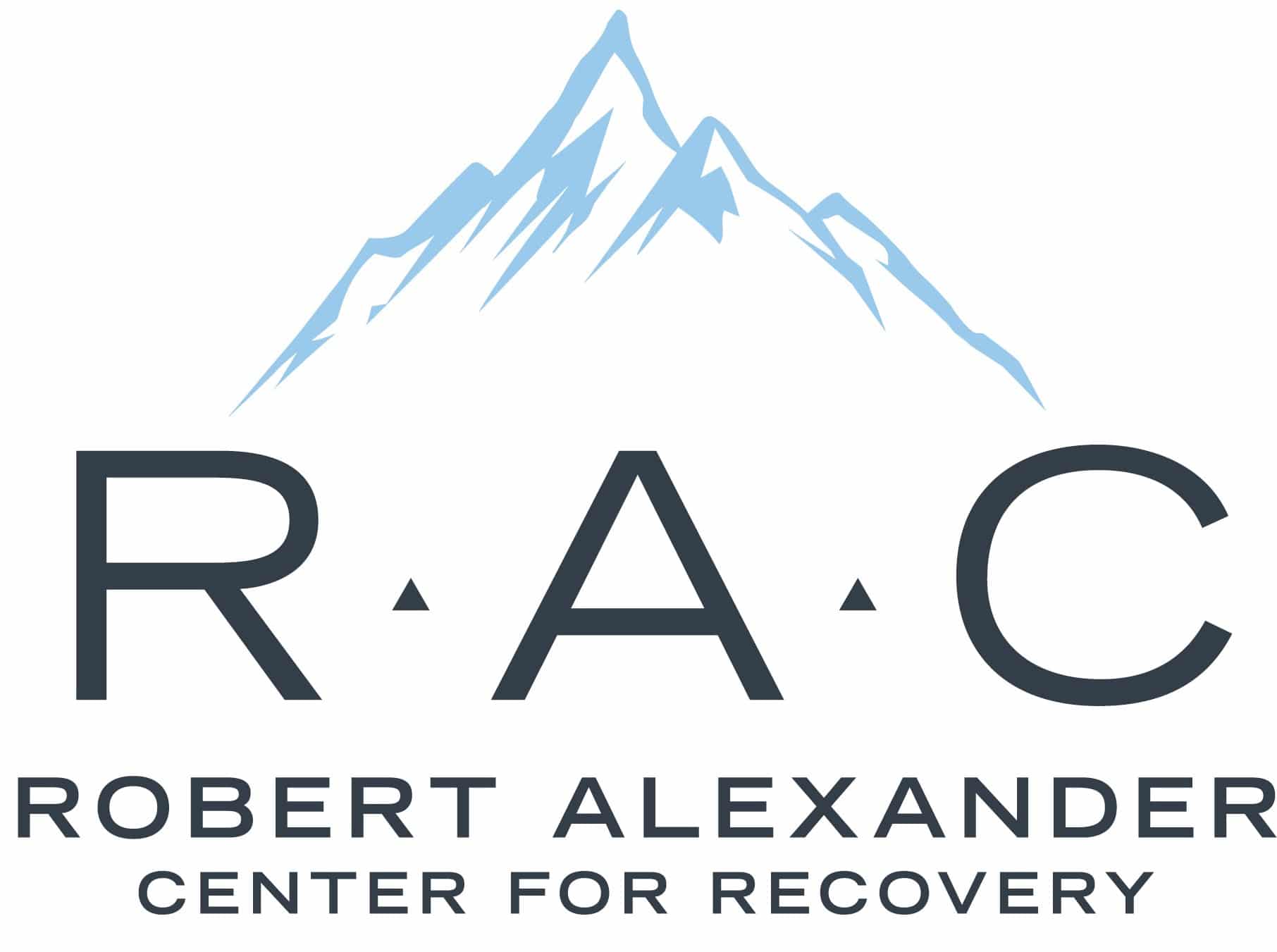Addiction is not something that happens by chance. It is a complex process involving many environmental and biological factors. Understanding the 7 steps of addiction can help you understand how and why someone or you have become addicted to drugs or alcohol and what happens during recovery.
Let’s take a look at each step in more detail:
Step 1: Initial Use
The first step in the cycle of addiction is the initial use. During this stage, a person first tries drugs or alcohol and experiences their effects. For some people, this happens through experimentation as part of socializing or partying with friends.
For others, it may be because they are struggling to cope with something in their lives – such as depression or anxiety – and they are trying to self-medicate.
Step 2: Abuse
Once a person has tried drugs or alcohol, the next step is abuse. If they enjoyed the effects of their first experience with these substances, they might start using them more often or in larger quantities. Unfortunately, some people also develop physical dependence at this stage and begin to experience withdrawal symptoms if they stop using.
Step 3: Tolerance

As a person continues to use drugs or alcohol, their body begins to build up tolerance levels. This means that they will need more and more of the substance in order to achieve the desired effects. They may also start seeking out higher quality or purer forms of the drug, as this can make it easier for them to achieve their desired level of intoxication.
Step 4: Dependence
As tolerance continues to increase, the person begins to develop a dependence on the substance. This means that they require it to feel normal, and they may experience physical or psychological withdrawal symptoms if they stop using. In some cases, this can lead to compulsive drug-seeking behaviors as the person continues to use despite the negative consequences.
Step 5: Addiction
Eventually, the abuser reaches a point where they are unable to quit using drugs or alcohol despite their best efforts. They may experience intense cravings for the substance and even develop severe withdrawal symptoms if they try to stop. At this stage, addiction is considered complete, and the person will typically require professional help to recover from their addiction.
Step 6: Treatment
Fortunately, many effective treatment options are available for people who have reached the later stages of addiction. This can include inpatient or outpatient programs, as well as medication-assisted therapies and behavioral counseling. The most important thing is to seek professional help as soon as possible, as this will increase the person’s chances of a successful recovery.
Step 7: Relapse
Unfortunately, the risk of relapse never completely goes away. Even after treatment has been completed, there is always a chance that the person will begin using again. This may be triggered by certain situations or emotions or even just by exposure to drugs or alcohol.
However, it’s important to remember that relapse is often part of the recovery process, and it doesn’t mean that someone has failed or is a lost cause. With the right support and ongoing care, most people are able to build a successful recovery from addiction.
Seeking help and receiving continuous treatment and support are key steps in breaking the cycle of addiction. Whether you are struggling with an alcohol or drug addiction or have a loved one who is affected by substance abuse, remember that many resources are available to help guide you through recovery!

